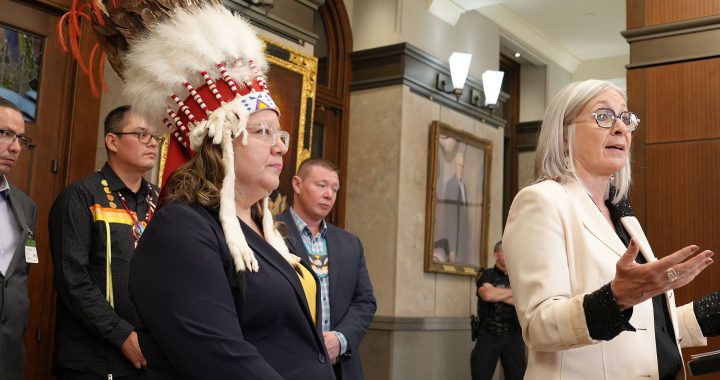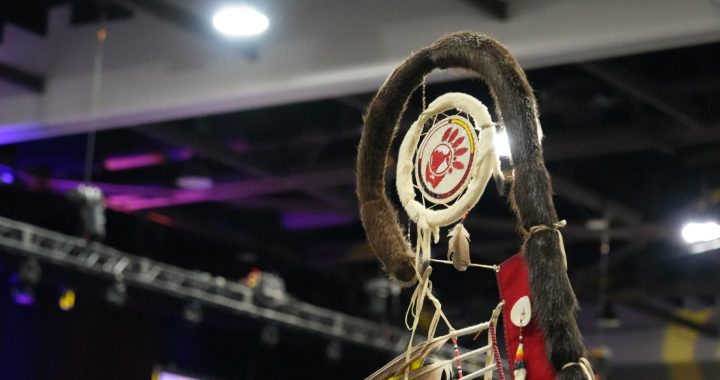The recently re-elected Ford government is once again talking about developing northern Ontario’s Ring of Fire, but some First Nations critics say they are going about it the wrong way.
In her speech from the throne this week, Ontario Lt.-Gov. Elizabeth Dowdeswell highlighted the approximately 5,000 square kilometre area located about 500 kilometres northeast of Thunder Bay.
“Recognizing the unprecedented potential, the province has released its Critical Minerals Strategy, a five-year blueprint to better connect mines and minerals in the north with the manufacturing might in the south, including Ontario’s growing electric vehicle and battery manufacturing capacity,” she said.
“The cornerstone of this strategy is found in the Ring of Fire.”
The Progressive Conservatives want to tap into the growing electric vehicle market and this means industry will need to gain access to area minerals such as nickel, cobalt and lithium.
The throne speech said the government has entered into consultations with Webequie and Marten Falls First Nations on the expansion of an all-season road but northern NDP MPP Sol Mamakwa says they are going to have to do a lot better than that.
“They call it the corridor of prosperity,” he says. “It’s the corridor of oppression and colonialism. That’s what they are doing.
“It’s pretty much a divide and conquer approach and that’s what colonizers do.”
Anishinabek Nation Grand Council Chief Reg Niganobe agrees, and says he was hoping for a more inclusive approach by the government in the speech.
“Talks about expanding, opening up the Ring of Fire, connecting the north with the south for minerals, and then development in terms of manufacturing those minerals,” he says.
“But again, they’re skipping over the whole territory in between where they’re going to have to develop more transportation, more infrastructure, which is the Anishinabek territory.”
Mamakwa says the government will need to take its duty to consult obligations in the area more seriously, which means accounting for the true cost of development.
“If you are going to change the ways of life of the people in those traditional territories, there’s a cost to it,” he says. “What is the cost to our way of life? When we talk about languages, identity. When we talk about the way we do things in history.”
Niganobe agrees local First Nations will need to be properly compensated for any development on their lands.
“They need to consult with the treaty and rights holders,” he says. “The Robinson-Huron, Robinson-Superior treaties are in that area, the Williams Treaty.
“You’re going to be transporting across all those corridors and, of course, you have to interact and establish a relationship with them, and kind of compensate them for the increased transportation that’ll be coming through their areas.”
The Ford government was re-elected to another four-year term in June.










